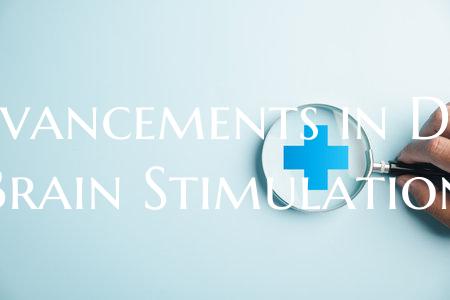
Advancements in Deep Brain Stimulation
Deep brain stimulation (DBS) has emerged as a groundbreaking treatment for neurological disorders, revolutionizing the field of neurology. Over the years, significant advancements in DBS technology and techniques have led to improved outcomes and expanded its potential applications.
One of the key advancements in DBS is the development of more precise and personalized targeting strategies. With the aid of advanced imaging techniques such as MRI and CT scans, neurosurgeons can now accurately pinpoint the specific brain regions that need stimulation. This targeted approach not only enhances the effectiveness of the therapy but also minimizes potential side effects.
Furthermore, the evolution of electrode design has played a crucial role in improving the efficacy of DBS. Modern electrodes are now more durable, flexible, and capable of delivering stimulation with greater precision. This allows for better customization of treatment parameters to suit individual patient needs, leading to more tailored and optimized therapy outcomes.
Another significant breakthrough in DBS technology is the introduction of rechargeable neurostimulators. Unlike traditional non-rechargeable devices, these innovative systems offer longer battery life and the convenience of wireless charging. This not only reduces the frequency of surgical replacements but also enhances patient comfort and quality of life.
Moreover, advancements in programming software have empowered healthcare providers to fine-tune stimulation settings with greater accuracy and efficiency. This adaptive programming capability enables real-time adjustments based on the patient's response, ensuring optimal symptom control and minimizing adverse effects.
In addition to movement disorders such as Parkinson's disease and essential tremor, DBS is now being explored as a potential treatment for a wide range of neurological conditions, including epilepsy, obsessive-compulsive disorder, and depression. These expanding frontiers highlight the versatility and promising future of DBS as a versatile therapeutic modality.
In conclusion, the continuous progress in deep brain stimulation technology is driving improvements in treatment precision, patient experience, and therapeutic outcomes. As research in this field continues to advance, we can expect further innovations that will enhance the efficacy and accessibility of DBS, ultimately benefiting countless individuals living with neurological disorders.